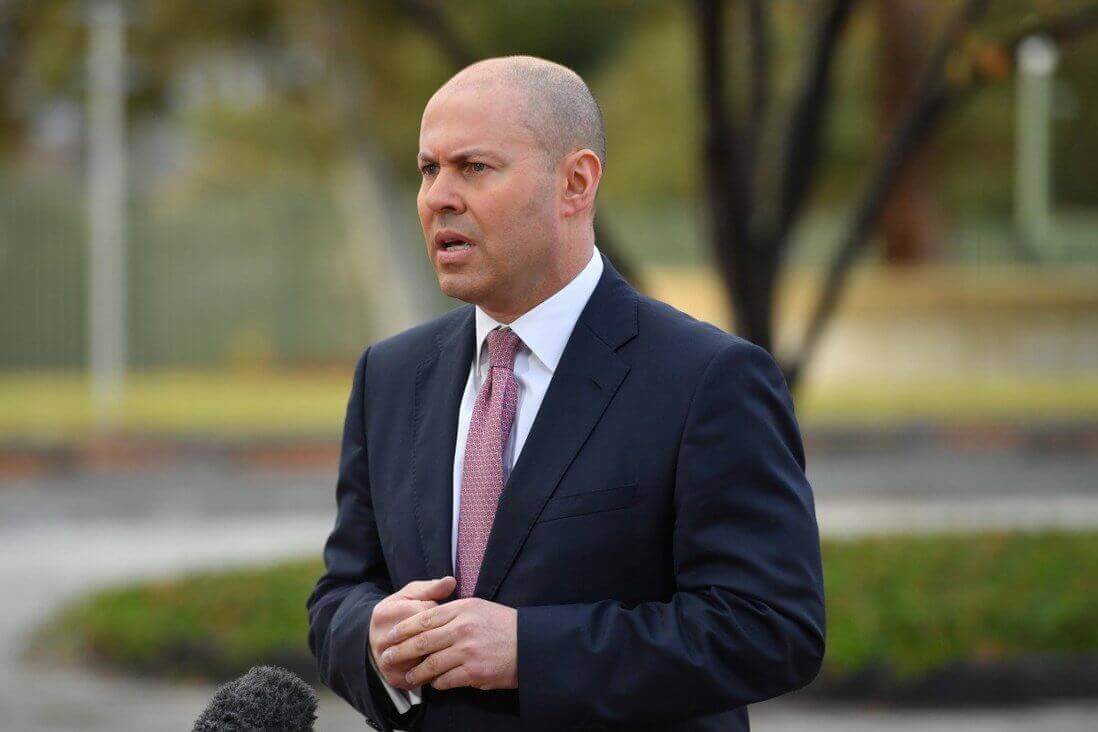On Tuesday, Australian Treasurer Josh Frydenberg announced a spending package of A$74.6 billion in the 2021-22 budget that aims to create more than 250,000 jobs over the next two years through reductions in income and business taxes as well as an increase in spending on social services, including aged-care facilities, mental health, and childcare subsidies. Frydenberg hopes that this will help the country reduce its debt burden, which is forecasted to reach A$1.2 trillion by 2025.
Frydenberg said that the “pandemic budget” will provide tax breaks to at least 10 million workers, which will be complemented by further cuts for small businesses. The budget sets aside A$17.7 billion to overhaul the aged-care home industry. At the same time, A$2.7 billion will be spent on training programmes, A$2.3 billion on mental health, and A$13.2 on the National Disability Insurance Scheme.
Following the announcement of the new budget, Australian Prime Minister (PM) Scott Morrison released a statement saying that the “landmark package” includes A$3.4 billion of spending on “new measures to improve outcomes for women’s safety, economic security, health.” This includes A$1.1 billion in funding to promote and achieve women’s safety, and A$1.9 billion to achieve women’s economic security. This will be complemented by A$1.7 billion in spending on “improving the affordability of child care.” The PM said that these schemes aim to increase women’s safety, access to legal services, labour force participation, and representation in leadership positions, and overall health.
In fact, A$351 million is specifically designed to address several concerns of women and girls in the country, including anxiety and depression, cancers and reproductive health, domestic violence, and workplace harassment. Furthermore, A$9 million will be spent on implementing the findings of the ‘Respect@Work’ sexual harassment survey, and a further A$3.5 million will be spent on conducting an investigation into harassment and workplace culture in Parliament.
The budget also assumes that international travel is likely to remain limited until at least halfway through 2022, which means that the budget has taken into consideration continued shortfalls in tourism and international student tuition revenue. The budget does include A$1.9 billion for the country’s vaccination programme and aims to achieve “population-wide” coverage by the end of this year. However, economic planners are cognisant of the fact that other countries from where travellers come may not be operating on the same schedule.
Keeping this in mind, the government is putting A$119.9 million towards “increasing consular capacity” to assist “vulnerable Australians overseas”. At the same time, A$37.1 million will be directed towards specifically aiding India’s fight against the coronavirus. This is in addition to A$523 million for regional vaccine access, a A$100 million partnership with Quad members to boost vaccine access across the Indo-Pacific, a A$1.5 billion loan to Indonesia, and a A$558 loan to Papua New Guinea.
However, despite Australia’s overtures to help countries across the Indo-Pacific, the latest budget has courted criticism for failing to provide sufficient protection to migrants, who will now have to wait four years before accessing government benefits. This forms part of a plan to save A$671 million and the four-year waiting period will apply to anyone who is granted residency starting from 1 January next year. It is thought that this could impact 13,200 future migrants and up to 45,000 families. Simultaneously, the government will spend A$464.7 million on expanding its immigration detention network.
Taking all of this into consideration, Frydenberg said, “I’m confident this budget will create jobs and that this budget will secure Australia’s economic recovery.” He declared in Parliament on Tuesday: “Australia is coming back.” In fact, the GDP is expected to record a 4.25% growth next year, while unemployment is expected to fall from 5.6% now to 4.75% in 2023 and 4.5% in 2024.
The full budget can be accessed here.

